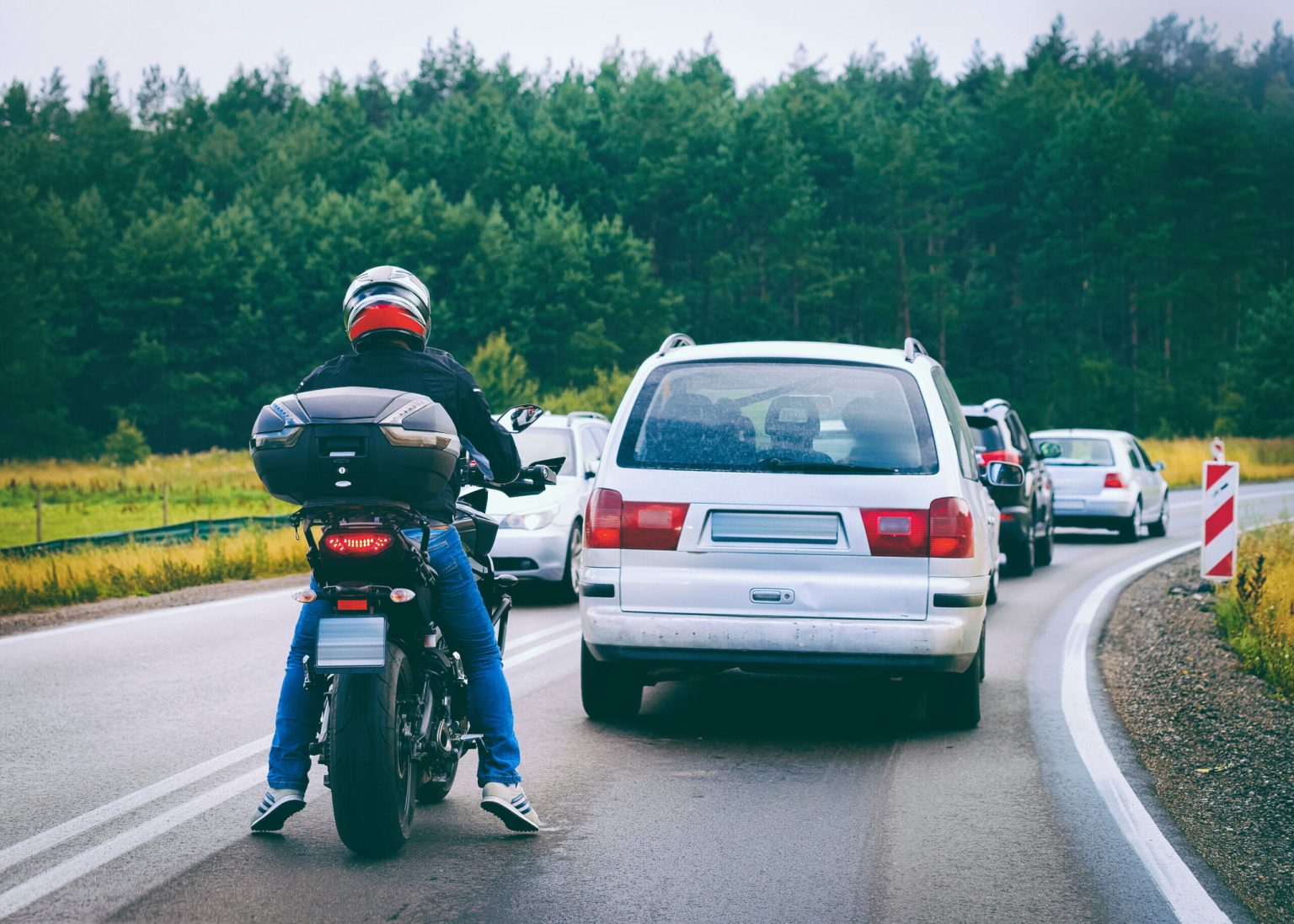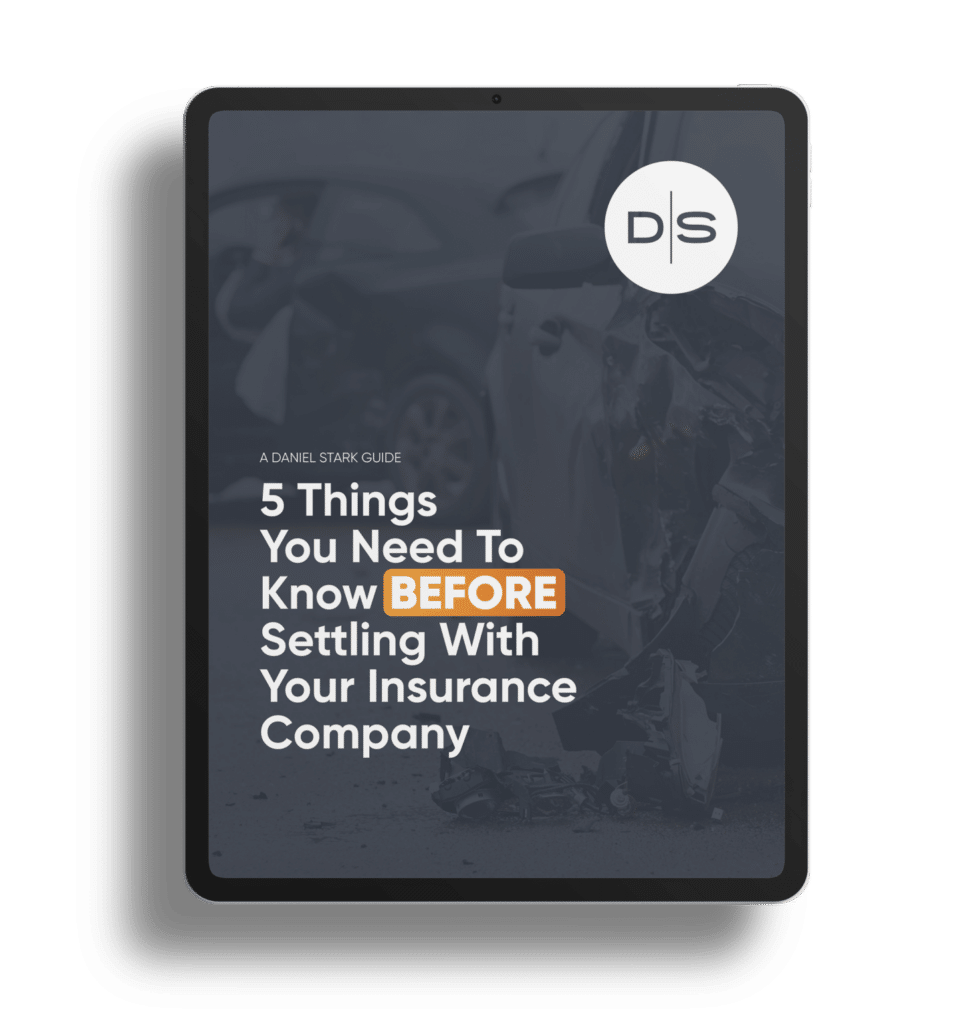Riding a motorcycle can be an exhilarating experience, but it comes with certain risks.
Motorcycles offer much less protection than cars and are less stable than other vehicles due to having two wheels instead of four. This is why motorcyclists must take extra safety precautions to prevent collisions and injuries.
Here are a few lesser-known safety tips to keep in mind.
1. Check the weather before riding.
Before riding your motorcycle, check the weather forecast. Riding in heavy rain, snow, or high winds can be dangerous because bikes are lighter and can be easily affected by the weather.
In windy conditions, slow down and grip your bike tightly to stay balanced. You can minimize wind resistance by pulling in your arms and legs. In the rain, keep a safe distance from other vehicles. Avoid sudden braking or acceleration and maintain an upright position while turning. Also, stay away from slippery surfaces like manhole covers, painted road markings, metal road plates, and rubber pavement areas.
In heavy rain, we recommend finding a secure area to park where you can wait until the rain stops. Rain can affect the visibility of riders on the road, especially at night, and motorcycles can be difficult for other drivers to see.
Before heading out in any weather, routinely inspect your motorcycle to make sure it’s functioning correctly.
2. Motorcycle service checks should be regular and thorough.
It is essential to invest time, money, and effort in maintaining your bike. Motorcycles require frequent service to keep them running smoothly, and regular checks can prevent breakdowns that may lead to crashes and injuries.
Conducting a safety inspection at least once a year can help you identify issues such as defects, malfunctions, and broken parts. We recommend an oil change, chain lubrication, and chain tension adjustment every six months or every 4,000 miles for your motorcycle.
As part of your maintenance routine, check your motorcycle’s tire pressure monthly and ensure that your motorcycle lights are working correctly.
If your motorcycle isn’t in good condition, the consequences can be serious. Choosing to invest in motorcycle services can save you money in the long run compared to paying for motorcycle repairs or medical expenses. Get your bike checked regularly — your life depends on it.
3. Ride your motorcycle as if you’re invisible.
Car drivers may have a hard time noticing motorcycles because of their small size and quick movements. The varied riding styles of motorcyclists may also cause other drivers to overlook them while on the road. Some motorcyclists drive at low speeds, while others exceed the speed limit, change lanes abruptly, or use their small size to make unexpected moves.
To reduce the risk of collisions while riding a motorcycle, assume you are invisible to other drivers. Even if drivers are looking directly at you, they may still fail to notice a motorcycle. This is because motorcycles are not as common as other types of vehicles, making up only 3% of all registered vehicles in the United States. As a result, car drivers may have less experience with motorcycles than they do with other types of vehicles.
You must always be prepared for a car driver to ignore your right of way. Stay aware of your surroundings and drive your motorcycle defensively. To decrease the chance of a motorcycle crash, wear bright clothing and gear for better visibility.
Don’t forget to turn on your headlights, regardless of the weather. While it’s not mandatory in the U.S., turning your vehicle lights on during the day could lower the number of daylight crashes. One study found that having headlights on during the day resulted in a 23% decrease in motorcyclist collisions.
Having your low-beam headlights on during the day will improve your vision and make you more noticeable to other motorists, but remember to keep your high beams off when around other vehicles.
4. Wearing a helmet reduces the risk of brain injury, but does not offer complete protection.
Wearing a motorcycle helmet is the most common way to avoid skull fractures from direct impact to the head during a crash. A study found that unhelmeted riders were affected by severe traumatic brain injury at a rate of over 7%, while helmeted riders were affected at a rate of 4.7%. Helmeted riders also had lower mortality rates and paid less for medical expenses than those who did not wear helmets.
Although wearing a helmet can reduce the risk of a traumatic brain injury by absorbing a portion of the impact energy, it is not a guarantee against brain damage. Even with a helmet, forceful movement of the head can result in injuries such as concussions or comas.
We suggest buying a MIPS helmet, which is designed to lessen the rotational motion of impacts that could cause concussions. A MIPS helmet features a low friction layer inside the helmet that redirects force away from the head, lowering the chance of injury.
It is important to note that even with a MIPS helmet, brain injuries cannot be entirely avoided in motorcycle crashes. Therefore, it is crucial to also follow the other safety measures provided here.
5. New drivers should avoid motorcycles.
We do not recommend riding a motorcycle if you have limited experience on the road. Riding a motorcycle safely requires a defensive riding approach, which may be challenging without prior experience driving a passenger vehicle.
Riding a motorcycle requires the same mental focus as driving a car, but with additional challenges like maintaining balance, navigating tight turns, and dealing with difficult road conditions such as gravel and wet pavement.
Because there is a greater risk of injury for motorcyclists than for drivers of regular vehicles, we suggest that you learn the rules of the road in a safe, enclosed passenger vehicle before you take on the challenge of riding a motorcycle.
Remember these tips for a fun and safe ride!
Motorcycles can be an exciting mode of transportation, but they require greater focus and defensive driving skills than cars. You should prioritize safety over speed, wear proper protective gear like helmets to reduce the risk of brain injury, and always check the weather before hitting the road.
To stay safe on two wheels, be aware of your surroundings and take extra precautions such as wearing bright clothing or switching on your headlights. By keeping these tips in mind, you can enhance your biking experience and ride with more confidence. If you or a loved one is injured in a motorcycle crash, contact a qualified personal injury attorney.










